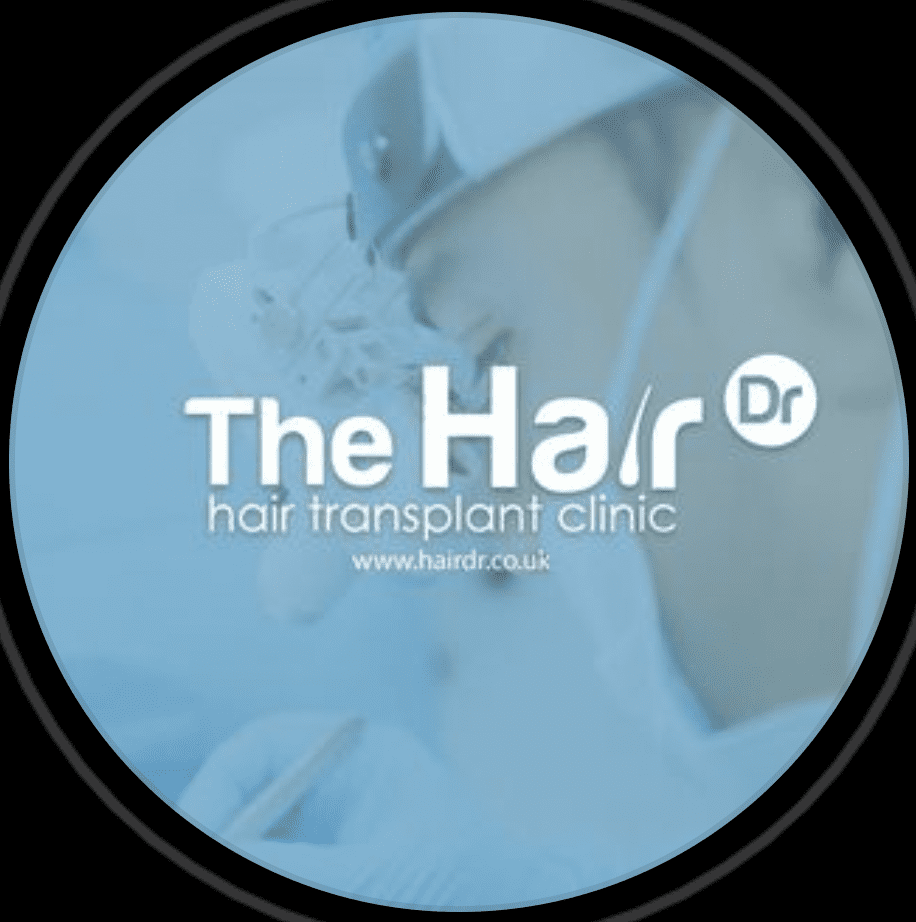Updated 08/11/23
Hair transplants are an amazing solution for hair loss. They can restore your confidence and help you feel like yourself once again. These procedures have many clear benefits; however, it’s also necessary to consider the potential after-effects before agreeing to a hair transplant.
While hair transplants are more common these days and usually carry few side effects, there is the possibility you may experience some side effects after the procedure.
In this article, we’ll cover the most common side effects of hair transplants and some solutions we can use to mitigate these issues.
Bleeding
Whether you choose a FUT (Follicular Unit Transplant) or an FUE (Follicular Unit Extraction), the surgeon will need to make tiny cuts into the scalp to allow the transplantation of new hair follicles. This can cause some minor bleeding after the hair transplant.
However, our surgeons are experienced and know how to ensure minimal blood loss. It’s essential to remember to let the surgeon know if you’re taking blood-thinning medication to minimise the risk of excessive bleeding.
Solution to Reduce Post-Surgical Bleeding
Here are some things you can do to reduce post-surgical bleeding after a hair transplant procedure:
- Avoid exercise: until at least 2 weeks after the hair transplant. It’s possible an increase in heart rate during exercise could raise your blood pressure. This may cause bleeding on the recipient areas of your scalp.
- Don’t pick scabs: it can be tempting to pick scabs off when your head or scalp feels itchy. However, picking at scabs can cause bleeding. Be sure to follow your surgeon’s aftercare instructions. This usually means allowing the scabs to fall off naturally as you begin washing your hair once again.
- Follow the aftercare guide: in addition, it’s essential to follow the surgeon’s aftercare care. This is one of the most important things you can do to reduce post-surgical bleeding and ensure your scalp heals effectively.
Itching
It’s normal to have some scalp itchiness after a hair transplant, and scabs begin to form. Over time, this issue will go away. The itchiness may last between 7-14 days, which is completely normal for this type of procedure. An itchy scalp is a sign that your skin is beginning to heal!
Solutions to Reduce Itching
- Wash your head: about 1 week after surgery (be sure to follow your doctor’s specific instructions), when your head can get wet, wash with a medicated or mild shampoo to soothe your itchy scalp.
- Do not scratch: it’s tempting to scratch the itch, and it’s natural to want to do so. However, scratching your scalp could cause an infection to develop. This will not only add to the itchiness, but the surgeon may also have to treat the infection. In some cases, scratching can even pull our transplanted hair, which will affect your results.
Swelling
Swelling is another common side effect for those who have a hair transplant procedure. However, the swelling varies from person to person. Some people may experience swelling on their forehead, while others may feel it more around their eyes.
Solution for Swelling
The good news is that most swelling wears off after a few days; however, here are some solutions for reducing this issue:
- Keep head elevated: using pillows to keep your head elevated can reduce the swelling and minimise the risk of damaging the transplanted hair.
- Avoid physical exercise: for the first week or two post-surgery, try to avoid excessive swelling, which could cause infection.
- Stop taking blood-thinning medications: if advised to do so by the surgeon, avoid taking blood-thinning medications before the hair transplant procedure. This can help reduce swelling.
Note: if the swelling doesn’t wear off after a few days, it’s essential to contact your surgeon for further guidance.
Pain
Many people wonder if a hair transplant is painful. There’s no shame in wondering about this! The answer may surprise you. Most hair transplant procedures are not painful. However, it’s important to remember that this is a hair transplant surgery, and it’s normal to experience some discomfort or minor pain.
For most people, any pain they experience is in the days after the hair transplant. During this time, the pain can be managed with paracetamol and ibuprofen.
Note: if the pain is persistent or more extreme, be sure to call your surgeon to discuss additional options for easing the pain.
Infections
Infections after hair transplant surgery are rare, especially when using a certified clinic. However, some people may experience an infection after a procedure.
Symptoms that indicate you may have an infection can include the following:
- Burning
- Itchiness
- Pus-filled abscess
- Oozing pus
- Warmth
- Bleeding
- Fever
- Vomiting
- Headaches
What Causes an Infection?
There are several reasons you could develop an infection after a hair transplant, including the following:
- Unsanitary conditions: choosing a certified hair transplant clinic is one of the most important things you can do when deciding to have a hair transplant. If a surgeon performs the procedure using unsanitary tools or the clinic has poor hygiene standards, an infection is more likely.
- Underlying medical conditions: some people may develop an infection if they have medical conditions, such as diabetes, cancer, and high blood pressure. These medical conditions can increase the likelihood of developing an infection after hair transplant surgery.
- Excessive crust formation: while scabs are a natural part of the healing process, severe crusting can lead to itchiness. This may tempt you to scratch your head. Doing so can transfer bacteria to your open wounds, increasing the risk of infection.
Mild infections can be treated with antibiotics prescribed by your surgeon. To minimise risks to your hair grafts, the surgeon should also be contacted as soon as signs of infection appear.
Hair Shedding
Within the first weeks, it’s possible to experience hair loss after the hair transplant. But don’t worry. This is nothing to be concerned about. It is a normal part of the hair growth cycle.
Hair shedding may continue for 2-3 weeks; however, new hair follicles will eventually begin to grow within a few months.
Other Possible Side Effects of Hair Transplant Surgery
Here are some additional possible side effects you may experience after hair transplant surgery:
Hiccups: this sounds funny, but it is a potential side effect of hair transplants. It’s rare and only lasts a few days.
Scarring: if you’ve had an FUE hair transplant procedure, you will have tiny pin-like scars on the scalp. These are usually not noticeable, as they’re hidden under your hair as it grows in. If you have a FUT procedure, you will have a linear scar on the back of your head. The scarring won’t be visible unless you have very short hair.
Cysts: cysts may appear as cluster-like pimples and can arise immediately after surgery. This can be due to areas of the scalp where the new hair has been grafted—it’s more prone to infection. Cysts can also develop when buried grafts aren’t removed properly. The condition can be treated with medication and usually disappears after a few weeks. However, in some rare cases, the surgeon may need to surgically remove the cysts. But each case is different. If you experience cysts or have other concerning side effects, it’s best to contact your surgeon right away.
FAQs
How long do the side effects last?
Side effects like swelling and redness usually subside within a few days to a few weeks.
Can anyone get a hair transplant?
Not everyone is a suitable candidate for a hair transplant. It depends on factors like the extent of hair loss, the availability of donor hair, and overall health. Consult a specialist to determine your eligibility.
Are there any long-term side effects?
Hair transplants are generally safe, and long-term side effects are rare. However, it’s essential to choose a qualified surgeon and follow post-operative care guidelines.
How long until I see results?
Hair transplant results are not immediate. It may take several months for the transplanted hair to grow in fully.
Can I style my transplanted hair as I like?
Yes, once the transplanted hair has fully grown, you can style it as you wish, just like your natural hair.
Is a hair transplant permanent?
Hair transplants are considered a permanent solution. The transplanted hair is usually lifelong.
Summing It Up
Side effects are common after a hair transplant procedure. However, the key is to obtain advice and guidance from your surgeon before trying to treat any issue on your own. This is key to the success of your hair transplant surgery.
You can minimise potential side effects by choosing a certified hair transplant clinic that has high sanitary conditions and where the clinic is surgeon-led. These are the basics for ensuring your hair transplant is a safe, happy experience!









